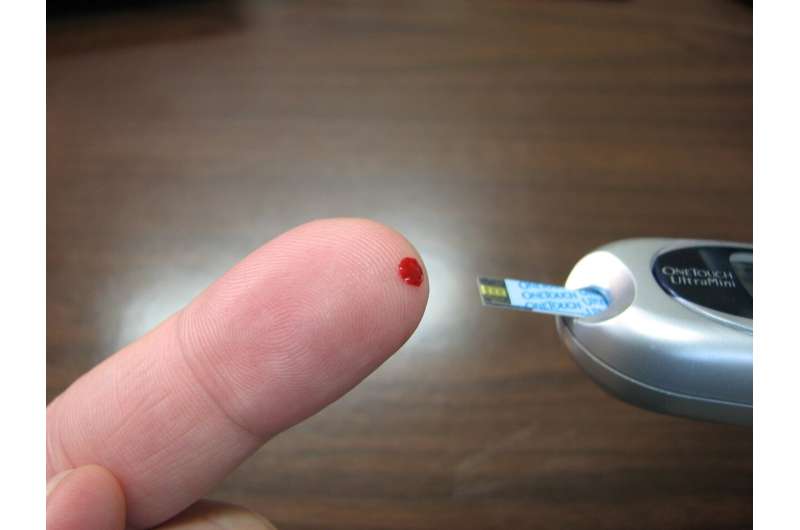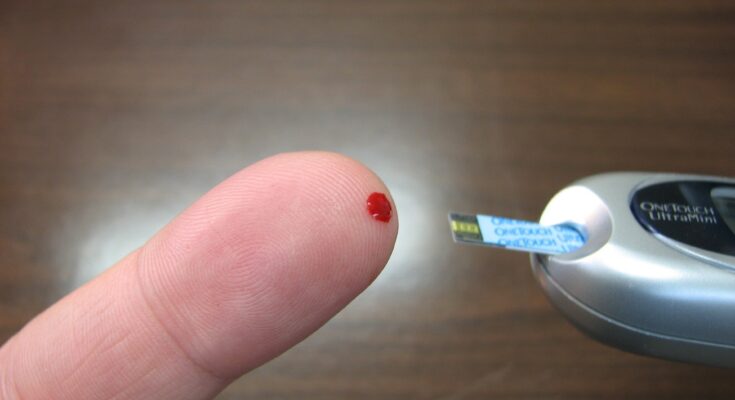
Researchers have shown that a blood test for early diagnosis of type 1 diabetes can stave off serious illness and hospitalization in children.
The innovative test is a finger prick sample that is collected in the home and mailed to the lab.
The study, led by WEHI clinical-scientist and the Royal Melbourne Hospital (RMH) endocrinologist Associate Professor John Wentworth, looked at over 17,000 children and young adults who were screened for type 1 diabetes using a regular blood test.
Type 1 diabetes is an autoimmune condition where the immune system is activated to destroy the cells in the pancreas which produce insulin.
Without insulin, the body’s cells cannot turn glucose (sugar)into energy—meaning people with type 1 diabetes depend on insulin every day of their lives to compensate for what their body cannot naturally produce.
Wentworth, a clinician scientist at WEHI’s Population Health and Immunity division, said, “The in-home finger prick test allows us to get a result back to families sooner, which will allow us to start treatment before kids get really sick.”
“Type 1 diabetes can be very difficult to identify in children so early diagnosis is really important.”
“The finger prick test will allow us to start treatment before kids get really sick and will give us time to ensure families have enough time to learn how to manage type 1 diabetes, and the complexity of diet and insulin therapy.”
While the exact cause of type 1 diabetes is unknown, the condition is believed to have a strong family link and cannot be prevented.
The study primarily focused on families with a history of type 1 diabetes, due to the risk of disease being 15 times greater than the general population. However, only one in 10 newly diagnosed children have a family history of type 1 diabetes, meaning screening the entire population will be essential.
“The aim of this study is to be able to diagnose type 1 diabetes early in as many children as we can,” said Wentworth.
“Early diagnosis prevents serious illness and affords opportunities to use immunotherapy to delay progression to insulin injections.”
The team of researchers are the first to use the blood spot assay to screen diabetes in Australia, and the RMH is the first in the world to prove that blood samples collected in the home provide a suitable way to control type 1 diabetes.
“We want to make type 1 diabetes screening accessible to every Australian child no matter where they live. Our recent work has proven that we can do this cheaply, accurately, and conveniently,” Wentworth said.
The study is published in Pediatric Diabetes.
John M. Wentworth et al, Decreased occurrence of ketoacidosis and preservation of beta cell function in relatives screened and monitored for type 1 diabetes in Australia and New Zealand, Pediatric Diabetes (2022). DOI: 10.1111/pedi.13422
Citation:
Study finds home screening test can help control type 1 diabetes (2022, November 2)
retrieved 6 November 2022
from https://medicalxpress.com/news/2022-11-home-screening-diabetes.html
This document is subject to copyright. Apart from any fair dealing for the purpose of private study or research, no
part may be reproduced without the written permission. The content is provided for information purposes only.
Source link




